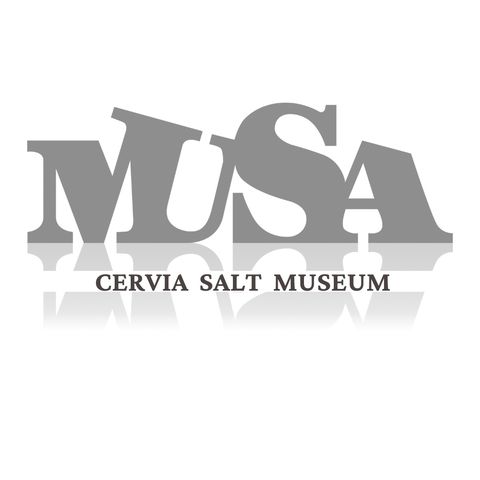6 The mosaic carpets of the church of San Martino

May 6, 2022 ·
4m 57s
The Church of San Martino prope litus maris was built around the mid-6th century a short distance from the ancient coastline, as its name suggests; nevertheless, there is no certainty...
show more
The Church of San Martino prope litus maris was built around the mid-6th century a short distance from the ancient coastline, as its name suggests; nevertheless, there is no certainty that it was dedicated to Saint Martin from the beginning.
The building of worship, facing East-West, was a Latin cross shape with polygonal shaped apse on the outside, probably heptagonal, and semi-circular on the inside; a portico flanked both sides of the religious building. The church was about 38 metres long, even if the walls of the façade have not been recovered and the plan of the church can be deduced by the remains of the mosaics left on site and from the spoliation pits of the original walls.
At the centre of the building there was the solea, a long rectangular corridor that began from the central nave and went inside the bema, the place reserved for the clergy during religious functions. The quadrangular shaped bema terminated in the apse and could host the altar, the episcopal chair and seats for the concelebrants. Solea and bema were generally enclosed by plutei and barriers in marble supported by columns.
The church was paved with magnificent mosaic panels of different dimensions that adapted to the articulated spaces of the nave and to the regular surfaces of the arms of the cross. Some mosaics were preserved in large portions: two long and narrow panels correspond to the corridors next to the bema – the right one is on display here – two rectangular shaped panels were next to the solea – the left one is proposed here - a panel was in the central corridor in front of the solea. Another six rectangular panels probably paved the perimeter area of the nave, of which no trace remains, like that of the paving of the apse. The polychrome decoration of the panels shows a geometric composition interspersed with dividing frames, to form an effect of continuity in the mosaic carpet of the entire church.
show less
The building of worship, facing East-West, was a Latin cross shape with polygonal shaped apse on the outside, probably heptagonal, and semi-circular on the inside; a portico flanked both sides of the religious building. The church was about 38 metres long, even if the walls of the façade have not been recovered and the plan of the church can be deduced by the remains of the mosaics left on site and from the spoliation pits of the original walls.
At the centre of the building there was the solea, a long rectangular corridor that began from the central nave and went inside the bema, the place reserved for the clergy during religious functions. The quadrangular shaped bema terminated in the apse and could host the altar, the episcopal chair and seats for the concelebrants. Solea and bema were generally enclosed by plutei and barriers in marble supported by columns.
The church was paved with magnificent mosaic panels of different dimensions that adapted to the articulated spaces of the nave and to the regular surfaces of the arms of the cross. Some mosaics were preserved in large portions: two long and narrow panels correspond to the corridors next to the bema – the right one is on display here – two rectangular shaped panels were next to the solea – the left one is proposed here - a panel was in the central corridor in front of the solea. Another six rectangular panels probably paved the perimeter area of the nave, of which no trace remains, like that of the paving of the apse. The polychrome decoration of the panels shows a geometric composition interspersed with dividing frames, to form an effect of continuity in the mosaic carpet of the entire church.
Information
| Author | Museo del sale di Cervia |
| Website | - |
| Tags |
Copyright 2024 - Spreaker Inc. an iHeartMedia Company
